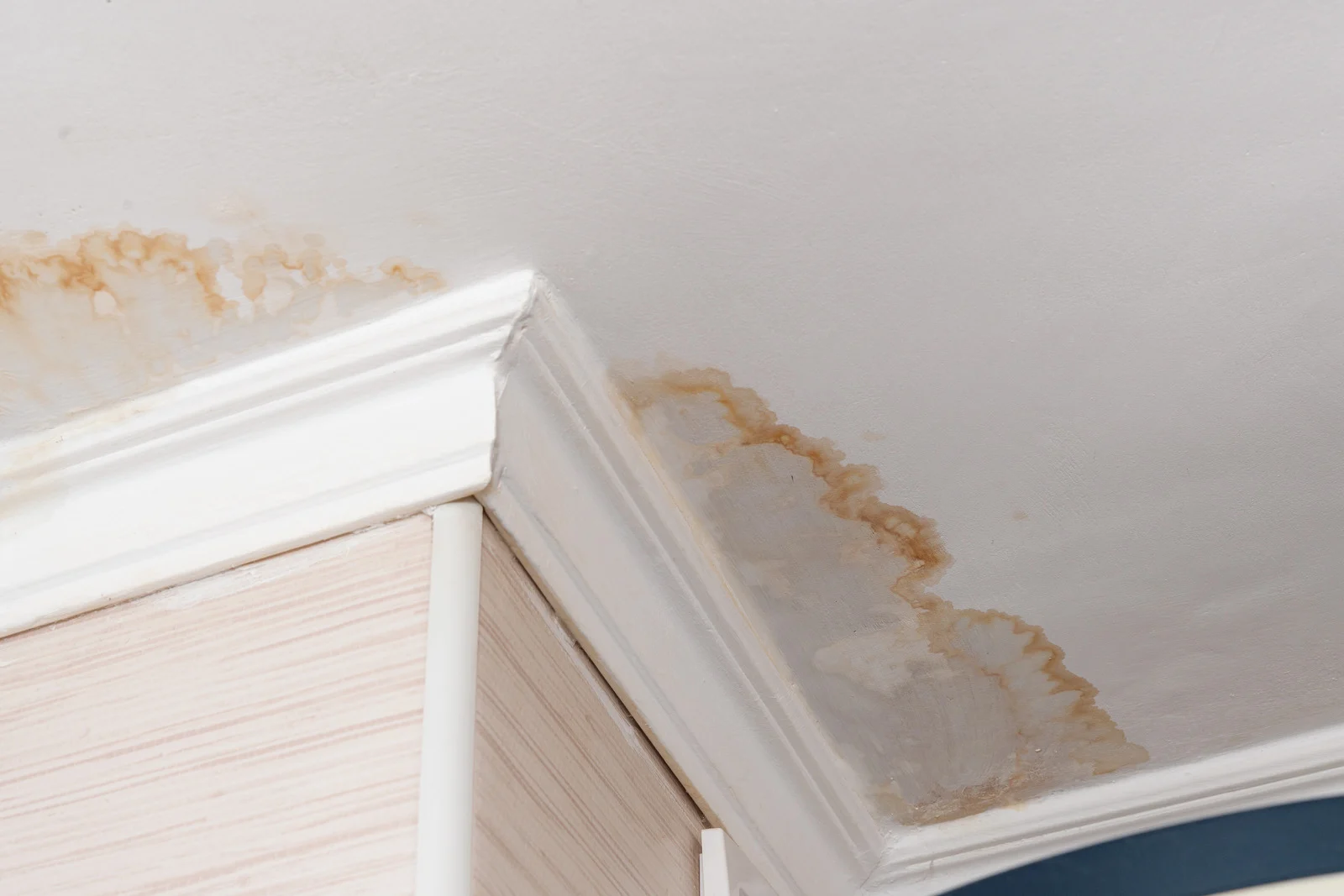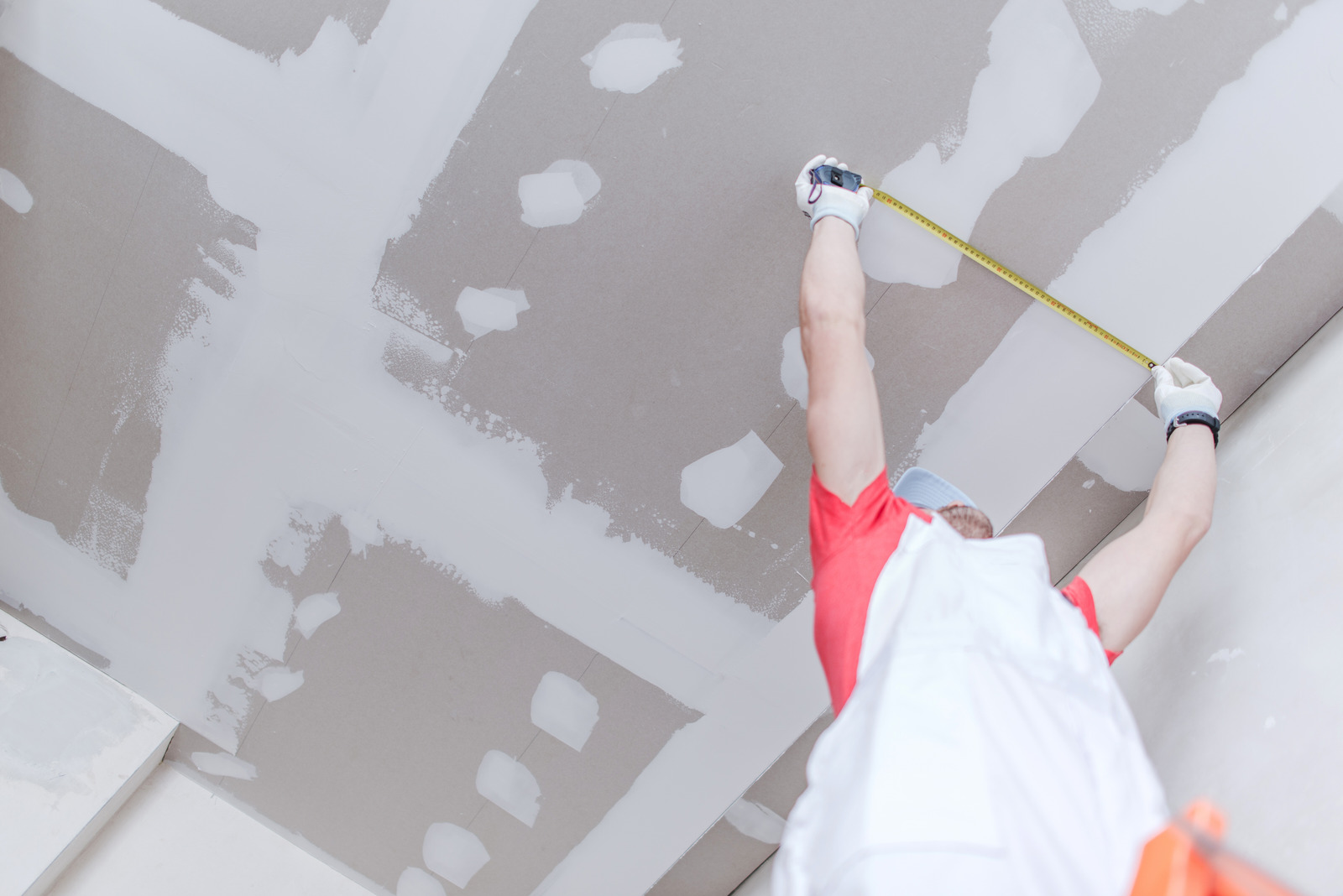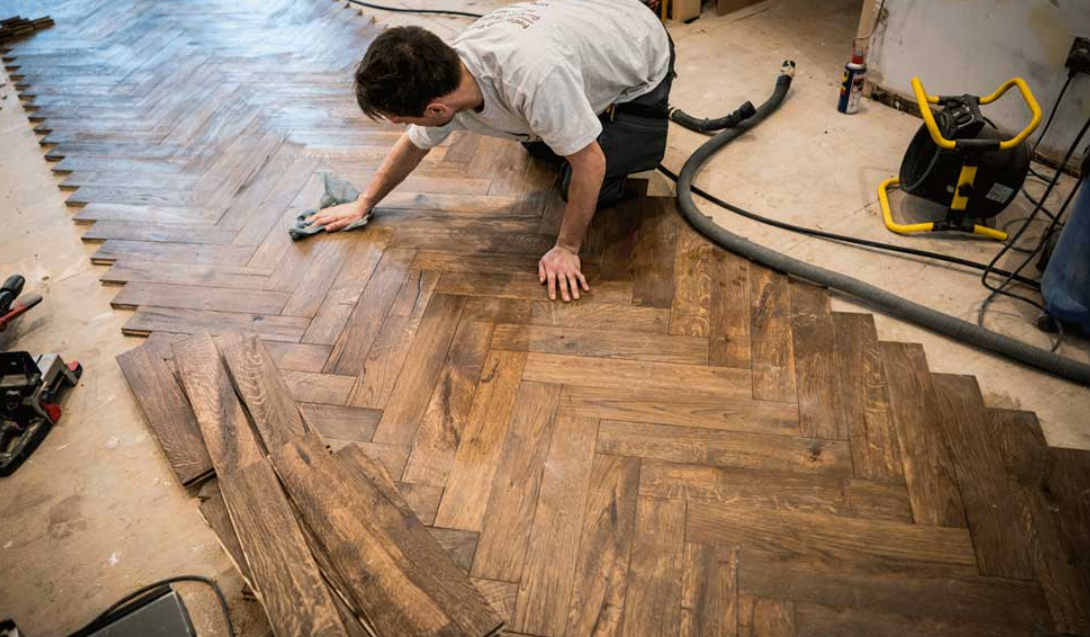
How to Fix Door Frame Rot: A Step-by-Step Guide
How to Fix Door Frame Rot: A Step-by-Step Guide
A rotting door frame not only looks unsightly but also compromises the security and structural integrity of your home. It’s crucial to address door frame /window door & frame rot promptly to prevent further damage and maintain a safe and attractive entrance. In this step-by-step guide, we’ll walk you through the process of fixing a door frame that has succumbed to rot.
Materials and Tools You’ll Need:
1. Pry Bar: To remove damaged trim and molding.
- Circular Saw or Jigsaw: For cutting out the rotted sections.
- Chisel and Hammer: To remove remaining rot and prepare the area for repair.
- Wood Hardener: To strengthen any remaining, compromised wood.
- Wood Filler: For filling gaps and holes.
- Wood Glue: To secure joints and new pieces.
- Replacement Lumber: Ideally, use pressure-treated or rot-resistant wood.
- Screws: To fasten new wood securely.
- Sandpaper: For smoothing surfaces.
- Paint and Primer: To finish the repair and protect against future rot.
Step 1: Safety First
Before you begin, put on your safety gear, including goggles, gloves, and a dust mask. Working with rotting wood can release harmful particles, so it’s essential to protect yourself.
Step 2: Remove Damaged Trim and Molding
Start by using a pry bar to carefully remove any trim or molding surrounding the door frame. Take your time to avoid damaging any pieces you intend to reuse.
Step 3: Cut Out Rotted Sections
Using a circular saw or jigsaw, carefully cut out the rotted sections of the door frame. Make clean, straight cuts, removing all compromised wood until you reach healthy, solid wood. Ensure you cut back to a point where there is no remaining rot; otherwise, the problem may persist.
Step 4: Remove Remaining Rot and Prepare the Area
With a chisel and hammer, remove any remaining soft or rotted wood around the door frame. Clean the area thoroughly, ensuring that you have removed all traces of decay. This step is crucial for a solid and lasting repair.
Step 5: Apply Wood Hardener
To strengthen any remaining, compromised wood, apply a wood hardener. This product soaks into the wood, reinforcing its structure.
Step 6: Fill Gaps and Holes
Use wood filler to fill any gaps, holes, or voids left by the removed wood.
Step 7: Measure and Cut Replacement Lumber
Measure the dimensions of the areas you removed, and cut replacement lumber to fit precisely. It’s essential to use pressure-treated or rot-resistant wood for the replacement pieces to prevent future rot issues.
Step 8: Secure the Replacement Lumber
Apply wood glue to the joints and surfaces where the replacement wood will attach to the existing frame. Then, secure the new pieces in place with screws. 
Step 9: Replace Trim and Molding
Reattach the trim and molding that you removed earlier, using screws or nails. Make sure the pieces are snug and secure. If the trim or molding is damaged or not salvageable, consider replacing it with new material.
Step 10: Prime and Paint
To protect your repaired door frame from future rot and enhance its appearance, apply a coat of primer followed by paint. Use an exterior-grade paint that is suitable for the climate in your area. Properly sealed and painted wood is less susceptible to moisture penetration and rot.
Step 11: Regular Maintenance
Preventing future door frame/glass window frame replacement rot involves regular maintenance. Keep an eye on the condition of the wood, especially in areas prone to moisture exposure. Seal any cracks or gaps promptly, and repaint as needed to maintain the protective barrier.
In conclusion, fixing a door frame/window repair company that has succumbed to rot requires attention to detail and the right tools and materials. By following these steps and taking preventive measures, you can repair your door frame effectively, enhance its longevity, and ensure the security and appearance of your home’s entrance. Addressing door frame rot promptly will not only save you money on more extensive repairs but also contribute to the overall health and curb appeal of your home.





